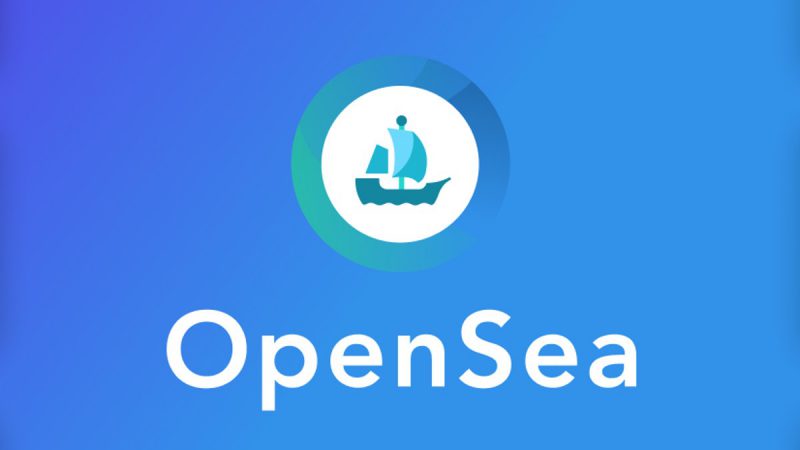Back in June, OpenSea introduced a new open-source Web3 marketplace protocol—Seaport—for participants to buy and sell NFTs. Launched first on Ethereum, Seaport has helped improve user experience and simultaneously lowered the cost to use OpenSea and other Web3 marketplaces.
On Wednesday, OpenSea announced the integration of Polygon into its Seaport protocol. The official handle of the largest NFT marketplace tweeted,
“Starting today, we will begin using Seaport for all new listings and offers on Polygon! We’re excited to start using Seaport across multiple blockchains to improve the experience for everyone on OpenSea.”
Here, it is worth noting that Polygon on OpenSea was powered by the 0x protocol previously. Now, by moving Polygon over to Seaport, OpenSea is consolidating its infrastructure to “provide a more stable buying and selling experience that matches other chains.” The move will also allow the NFT marketplace to ship new features across all EVM-compatible chains faster.
Right from having no listing thresholds, adding the native token support [MATIC], and allowing listings as bundles to fostering purchases from other wallets [hardware, multi-sig, etc.], and facilitating bulk transfers, OpenSea has launched several new features that intend to enhance the buying and selling experience of users with Polygon.
OpenSea volumes are down by 99%
Volumes on OpenSea have substantially dropped over the past few months. Per DappRadar’s data, on 1 May, the platform processed a record $2.7 billion in NFT transactions, but last Sunday, the marketplace recorded just $9.34 million worth of transactions. Alongside, there were only around 24,020 users on Sunday, roughly 1/3rd of what was registered when it hit its record transactions in May.
Highlighting the same, a recent Fortune report noted,
“What was once a red-hot market fueled by FOMO during the crypto bull market of 2021 is now just a trickle, with trading volume on the most popular NFT marketplace, OpenSea, down 99% in just under four months.”
Per people from the space, the same “could be a blessing in disguise,” for it it’d mean less flipping and false promises and will ensure more upfront utility and value.
Is that the actual picture?
After the Fortune story was first published, a spokesperson for OpenSea said via email to them that the company disagreed with DappRadar’s methodology, noting that the 99% swing compared the site’s all-time highest trading day with one of its lowest. Per Fortune, OpenSea prefers the ETH volume metric. The same essentially leaves out the effects of the cryptocurrency’s price fluctuations. Per the said metric also, trading is still “sharply down.”
Citing Dune Analytics’ data, the report brought to light,
“By that measure, monthly volume fell 62% from May to July, and is on track to decline further in August, according to crypto-tracking platform Dune Analytics.”
The spokesperson further said that OpenSea was not worried about the decline in trading volume, and added,
“We’re playing the long game because we see what’s possible, so we’re not that concerned about short-term volatility. We always expected frothiness, hype, and deflation as the community and use cases evolve, the tech gets more sophisticated, and creators figure out how to build more utility into their projects.”





